In “Mint” Condition
There are many mint varieties known to gardeners due to their distinct aromatic leaves that are often used for in cooking. They are grouped under the genus Mentha within the Lamiaceae family of plants. Other herbs that are also found in this family include basil and lavender.
One characteristic of the mints is that they all produce essential oils. They come from across the globe and will grow in most climates although most prefer cooler temperatures that temperate countries offer. But with so many cultivars available, how do we know which are suitable for growth in the tropical climate of Singapore?
Here are some examples of suitable and easiest mint cultivars that you can try growing:
1. Common Spearmint (Mentha spicata)
A perennial herb with upright growth habit, this mint contains less than 1% menthol. It is easily propagated either by plant division or stem cutting. Harvest the leaves before or after flowering for optimal flavor. It is advisable to prune the plant frequently to promote new growth.
The leaves can be used as condiment to enhance flavouring in meals or as a refreshing herb tea. Essential oil from the leaves and flowers is used as flavouring in sweets, ice cream, drinks, and desserts.
2. Apple Mint (Mentha suaveolens)
Apple Mint has bright green, oval leaves and spreads easily by rhizomes to form an attractive groundcover. Regular trimming of the stem’s growing tip will help the plant to become more bushy. Families with children may want to consider growing this as the Apple Mint is quite popular with the young who like its fruity flavor.
The leaves can make into mint jellies or condiment to enhance lamb dishes. Its dried flowers and leaves are also used in floral arrangements.
3. Wild Mint (Mentha arvensis)
This is a perennial herb with square stems that can grow up to half a metre in height. The leaves exude a strong aromatic smell when crushed. A diverse species, Wild Mint is often spotted along the edges of riverbanks and large plots of flat land.
The leaves may be eaten raw in salads or used to make herb tea. Its essential oils are used to flavor desserts.
4. Eau de Cologne Mint (Mentha x piperita f. citrata ‘Eau de Cologne’)
This mint is a low growing perennial with an erect growth habit that reaches up to 30 cm high. The leaves exude a strong lemon-like aroma even when softly rubbed and it is considered one of the most fragrant of all the mints.
Although the smell of Eau de Cologne is currently manufactured synthetically, this mint was the original source of the fragrance. Unlike other mint cultivars, Eau de Cologne mint is not used for culinary purposes but mainly used in potpourri.
5. Chocolate Mint (Mentha x piperita f. citrata ‘Chocolate’)
A perennial herb that can grow up to 60 cm high with smooth dark green leaves, this cultivar grows best in well-drained fertile soil that is enriched with organic matter.
Regular pinching and division will ensure the Chocolate Mint is healthy and vibrant. Although it gives rise to the aroma of chocolate, its taste, however, resembles more of an orange citrus flavour. It is often used in desserts such as candy and mint chocolate chip ice cream
Growing Tips for Mints
In the garden, mints are best grown under filtered sunlight and in a well-drained fertile location. Most balconies are not suitable as mints dislike being subjected to strong winds. All mints love water, thus, regular watering of at least once a day will be well received. The aroma is at its highest before flowering, hence, the leaves should be harvested just prior to blooms opening.
Feed mint plants with a balanced, all-purpose fertilizer every one to two months. Do be mindful that the fertilizer regime will need to be increased for potted mints that are more frequently watered as nutrients tend to leach quicker than in ground plants.
Gardening with Edibles
Watch this Gardening with Edibles on ‘How to Propagate Mint and Basil’ clip to learn more about mint.
The City in Nature vision seeks to bring greenery closer to all residents. The community plays a key role in the ownership and stewardship for nature which will benefit our health and well-being.
NParks is partnering residents to make Singapore our City in Nature and spark a love for community gardening through the Gardening with Edibles initiative launched in June 2020. Under this programme, some 400,000 free seed packets have been distributed to interested members of the public. Relevant resources are also available online, to guide gardeners along the way.
Also, NParks is expanding the allotment gardening scheme and the Community in Bloom programme, to welcome even more residents into the gardening family.
The Gardening with Edibles initiative is aligned with Singapore’s national strategy to strengthen our food resislience. The “30 by 30” goal, led by the Singapore Food Agency, aims to produce 30% of Singapore’s nutritional needs locally by the year 2030. The programme is jointly funded by founding partners DBS Bank and Tote Board through the Garden City Fund.
Learning More
If you are a gardening newbie, visit NParksSG, our refreshed YouTube Channel that serves as a one-stop repository for close to 300 video resources. It covers topics ranging from types of soil needed for your garden and how to plant, harvest and even cook your edibles.
For more information about the flora and fauna found in Singapore, please visit Flora and Fauna Web.
If you like what you read, follow us on Facebook, Instagram and Telegram to get the latest updates.
Text and photos by Vicky Lim Yen Ngoh


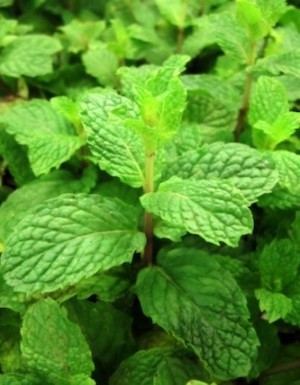
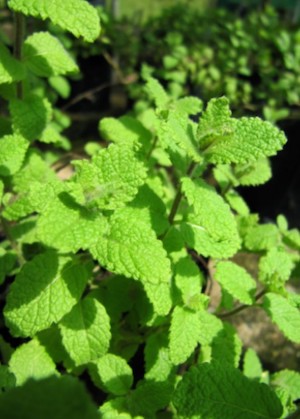
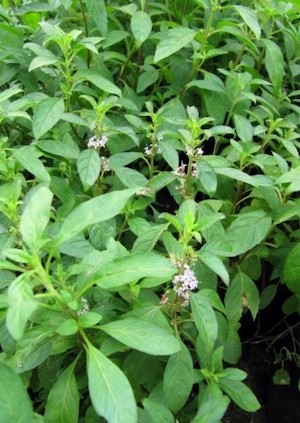
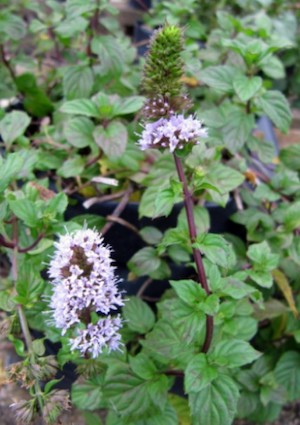
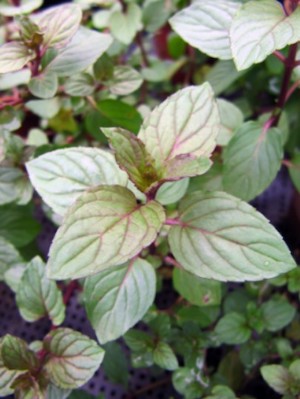
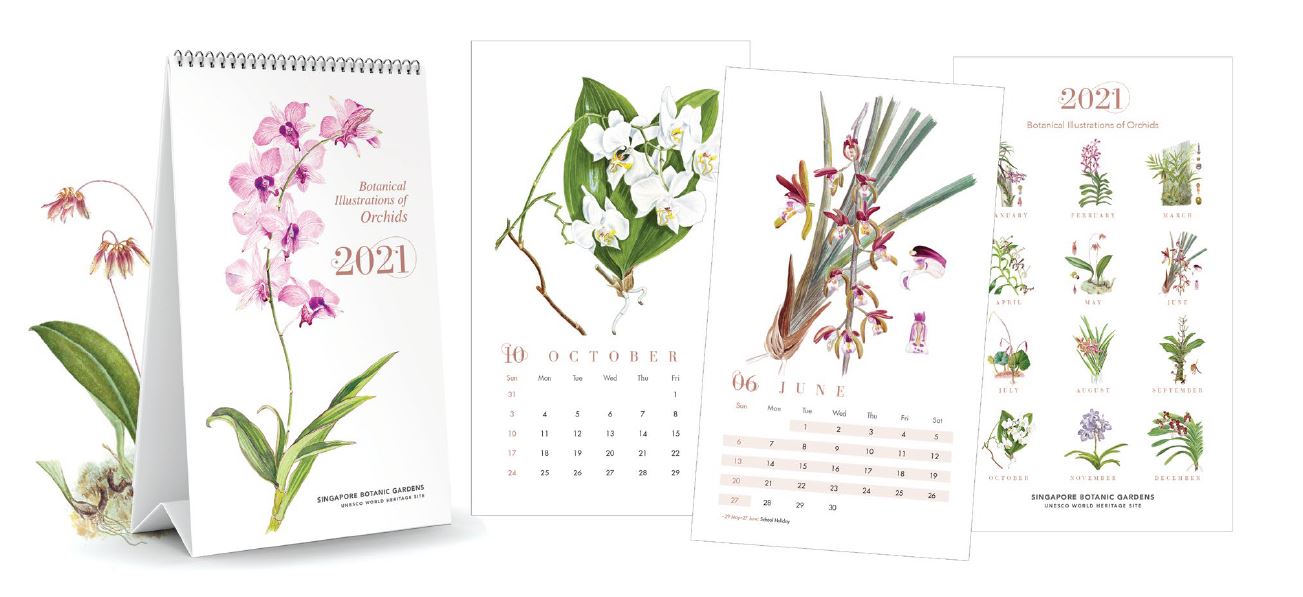
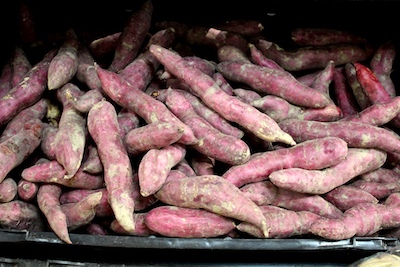
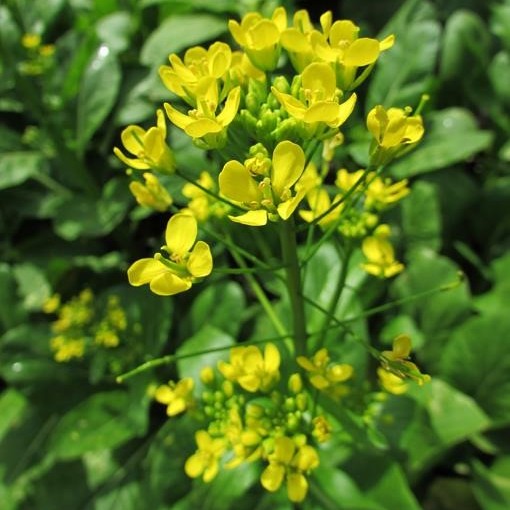
Have views or comments on this article? Let us know via this form. If you would like to give us feedback on any other areas relating to our parks and gardens, please submit via https://www.nparks.gov.sg/feedback